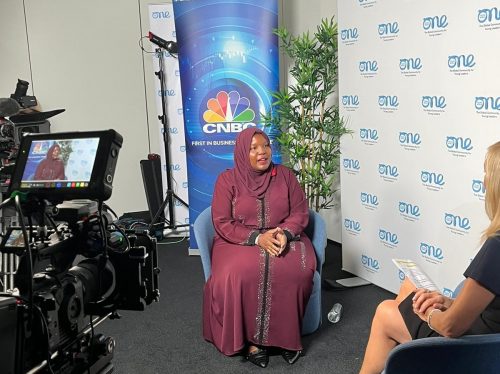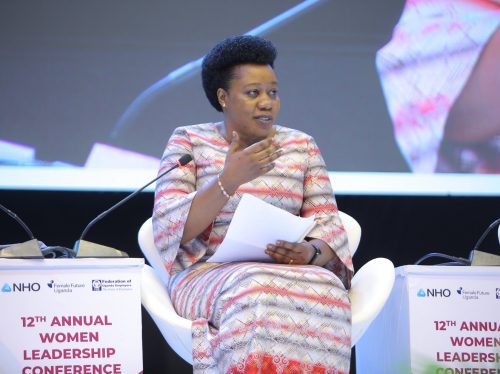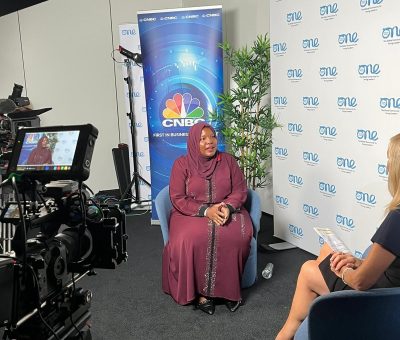Family financial rescue: Raising money savvy children

‘’One day while at the supermarket my son started crying for a superman toy. It started as just ‘’I want this toy’’ and elevated to a tantrum that I felt embarrassed about since I didn’t have enough money. I realised I had to start teaching my children about money and patience. So, I started slowly by teaching them about how money is made, assigning some chores and rewarding them 1000 shillings as a token in addition to introducing the piggy bank,” Sandra Asingwire, a mother of two boys says.
Raising money savvy children should be every parent’s goal in 2023. In a fast changing world and times, everything revolves around money. To live a good life, get good food, transport, health and education, one needs money yet it is even difficult to make enough as just parents. Even when you make enough as it may seem, tomorrow might not be saved.
Raising children that know and understand how money works is more than just providing for them. It is giving them a future, handing them their wealth. Because once a child understands that saving money early can make things possible tomorrow, they will not divert from it.
Zziwa Peter Zyncate, the founder of Pooled Income Funds Club (PIFC), says the saving and investing culture is crucial and should be taught from the early ages.
“When children are taught about saving and investing from childhood, they become rooted in money values and financial independence. It may not make sense at the moment but it will in future, the purpose is to teach them the vice early,’’ he says.
PIFC, is an investment club that trains both juniors and adults on investing and saving for the purpose of purchasing assets like land. To prepare for the future and elevate the livelihoods of many salary earners who don’t know how to save.
According to research by The Organization for Economic Cooperation and Development (OECD), children are ready to learn about money by the age of three to four years, and then by the age of seven, you integrate money habits. The trick is teaching them young so they won’t divert from it.
However it is important to draw some boundaries to avoid making the topic too boring and complicated. Although you may want to control the sweets and cakes they buy with their piggy bank money, it is essential to allow some room for control as it is proven to help develop children’s financial literacy.
Here are some commonly asked questions:
At what age should a child start learning about money and saving?
As early as possible, most preferably at the age of three to four years because then, the child has started demanding things from the shopping cart and needs to understand how these are attained.
Should I contribute to my children’s saving?
Yes, give them birthday bonuses, invest their pocket money in a children’s saving fund like PIFC, so that their money can multiply. But in all of this, help your child set saving goals. Let them write down reasons for their saving because the end goal is to help them avoid falling into financial problems in the future.
How much control should a child have over their saving?
Total control; we are teaching children to be financially independent that is why it is recommended for a parent to let the child be in full control.
What should I focus on when teaching children about money?
Absolutely everything, teach them all of it just do it in a way they will understand. From the meaning of balance, change, house expenses and budgets to the cost of their toys. All this conversation is healthy. Incorporate it in those small inquisitive conservations and you will start to see change.


















